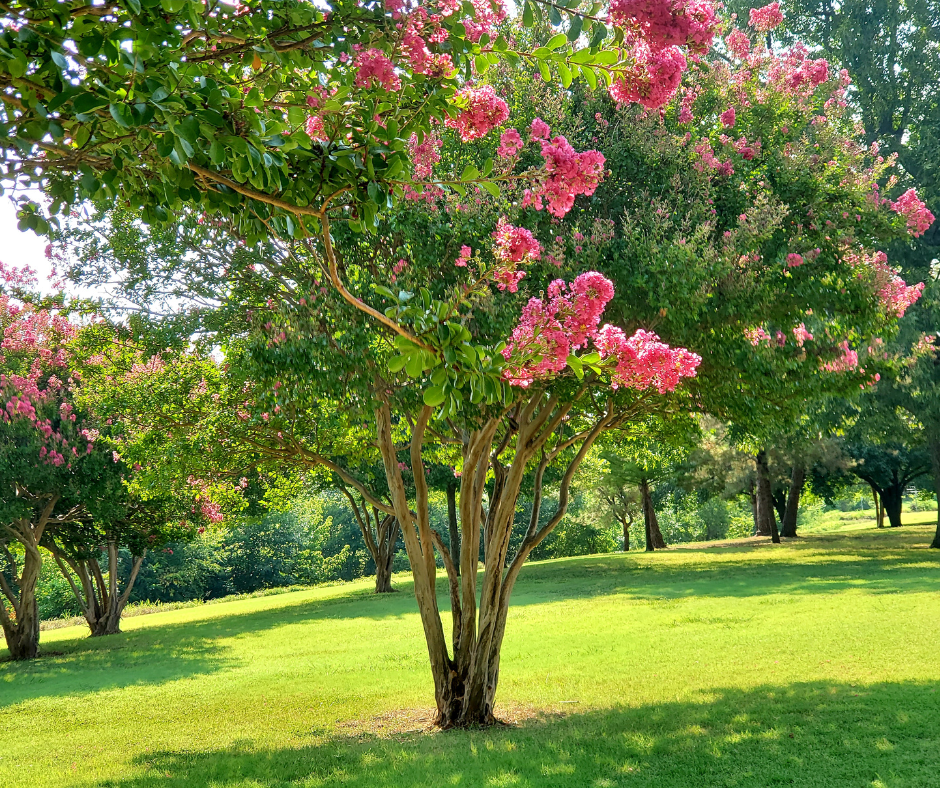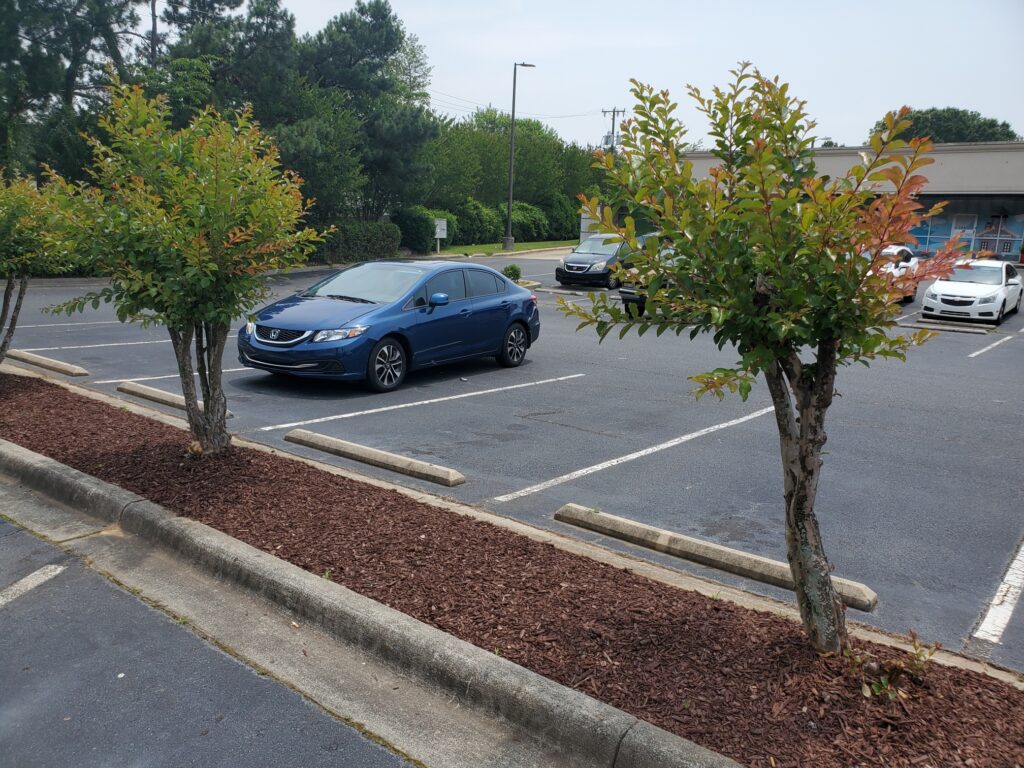Crepe Myrtles
go.ncsu.edu/readext?944758
en Español / em Português
El inglés es el idioma de control de esta página. En la medida en que haya algún conflicto entre la traducción al inglés y la traducción, el inglés prevalece.
Al hacer clic en el enlace de traducción se activa un servicio de traducción gratuito para convertir la página al español. Al igual que con cualquier traducción por Internet, la conversión no es sensible al contexto y puede que no traduzca el texto en su significado original. NC State Extension no garantiza la exactitud del texto traducido. Por favor, tenga en cuenta que algunas aplicaciones y/o servicios pueden no funcionar como se espera cuando se traducen.
Português
Inglês é o idioma de controle desta página. Na medida que haja algum conflito entre o texto original em Inglês e a tradução, o Inglês prevalece.
Ao clicar no link de tradução, um serviço gratuito de tradução será ativado para converter a página para o Português. Como em qualquer tradução pela internet, a conversão não é sensivel ao contexto e pode não ocorrer a tradução para o significado orginal. O serviço de Extensão da Carolina do Norte (NC State Extension) não garante a exatidão do texto traduzido. Por favor, observe que algumas funções ou serviços podem não funcionar como esperado após a tradução.
English
English is the controlling language of this page. To the extent there is any conflict between the English text and the translation, English controls.
Clicking on the translation link activates a free translation service to convert the page to Spanish. As with any Internet translation, the conversion is not context-sensitive and may not translate the text to its original meaning. NC State Extension does not guarantee the accuracy of the translated text. Please note that some applications and/or services may not function as expected when translated.
Collapse ▲ Crepe myrtles are popular flowering trees in many parts of the world. They are prized for their beautiful blooms, colorful bark, and ease of care. However, despite their many benefits, crepe myrtles are often subjected to a harmful practice known as topping. Topping a crepe myrtle is often referred to as crepe murder because topping is almost always a negative practice.
Crepe myrtles are popular flowering trees in many parts of the world. They are prized for their beautiful blooms, colorful bark, and ease of care. However, despite their many benefits, crepe myrtles are often subjected to a harmful practice known as topping. Topping a crepe myrtle is often referred to as crepe murder because topping is almost always a negative practice.
Topping involves cutting the top branches of a tree back to stubs or lateral branches that are not large enough to assume the terminal role. Another way to think of topping is that you are pruning your tree as if it’s a shrub. Some species of shrubs can tolerate being ‘hedged’ where everything is pruned to the same length (e.g., pruning shrubs into a shape like a round or oval ball). Trees do not tolerate this kind of pruning very well – it stresses them out because it removes all of the shoot growth simultaneously, forcing the tree to flush new growth which depletes stored energy. This makes them more susceptible to insects and disease.
Topping leads to a proliferation of weakly attached new shoots that are more prone to breakage and disease. In addition, topping removes the tree’s natural form, which can have negative aesthetic consequences. The reduced energy reserves caused by topping can lead to root death and increased susceptibility to pests and diseases. Here in Union County, we are seeing increased prevalence of Crepe Myrtle Bark Scale, especially on crepe myrtles stressed from being topped.
So, what can you do instead of topping crepe myrtles? The best way to promote healthy growth and beauty is to follow proper pruning practices. Pruning should be done to remove dead, diseased, or damaged branches, or to shape the tree’s natural form. As a general rule of thumb, pruning should not remove more than 25% of the live growth during the dormant season, or 10% during the growing season. Any cuts should be made just outside the branch collar, which is the swollen area at the base of the branch. This helps the tree to heal properly and reduces the risk of disease.
healthy growth and beauty is to follow proper pruning practices. Pruning should be done to remove dead, diseased, or damaged branches, or to shape the tree’s natural form. As a general rule of thumb, pruning should not remove more than 25% of the live growth during the dormant season, or 10% during the growing season. Any cuts should be made just outside the branch collar, which is the swollen area at the base of the branch. This helps the tree to heal properly and reduces the risk of disease.
In addition to proper pruning, there are several other steps you can take to promote the health and beauty of your crepe myrtle trees. First, make sure to plant the tree in a suitable location with plenty of sun, well-draining soil, and enough space for the tree to grow. Secondly, provide regular watering and fertilization as needed. Lastly, be patient and allow the tree to grow naturally. Remember, a crepe myrtle’s natural form is part of its beauty, and topping only detracts from that beauty.
A common scenario I see in Union County is crepe myrtles planted by home builders and developers only 10 feet away from the front of a brand new house. Six years later the tree gets topped because the homeowner feels the tree is ‘too tall’. After about a dozen conversations with homeowners in this exact situation, I’ve found that the homeowner is really just concerned that the tree is too close to siding, gutters, etc. and they would be happy with the crepe myrtle if it was just pruned away from the house using proper pruning techniques.
In conclusion, topping crepe myrtles is a harmful practice that can lead to weak growth, disease and insect infestation, and certain decline. Instead of topping, follow proper pruning practices and provide your trees with the care they need to thrive. With the right care, your crepe myrtle trees will reward you with their beautiful blooms, colorful bark, and graceful form for many years to come.




